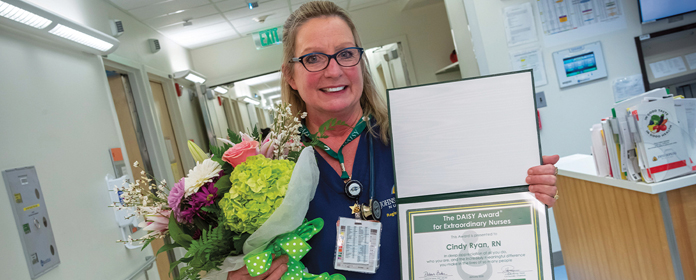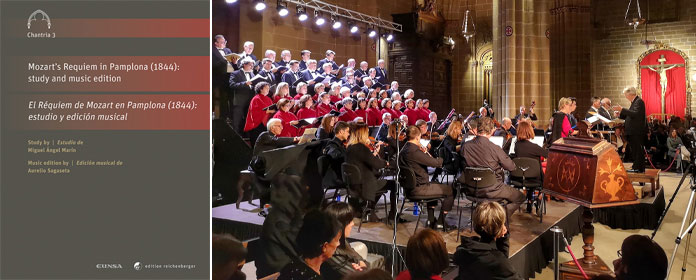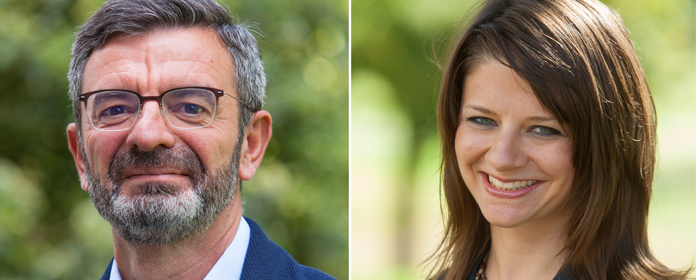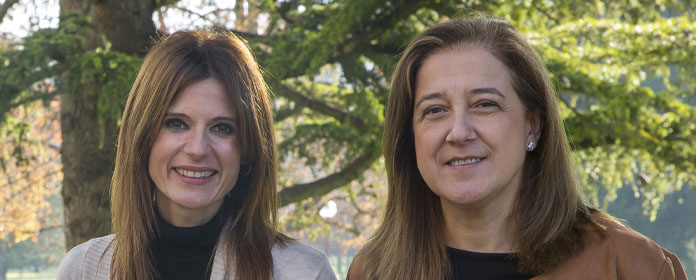Una experta canadiense presenta una guía para facilitar la toma de decisiones a cuidadores de enfermos terminales
Carole Robinson afirmó en la Universidad de Navarra que “si un paciente terminal quiere pasar el final de su vida en casa, el sistema de salud espera que sus familiares le cuiden pero no ofrece conocimientos ni soporte para ello”
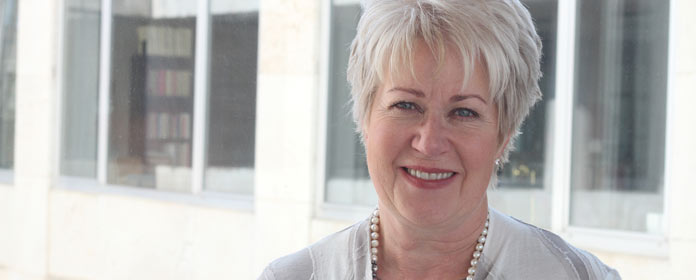
FOTO: Carlota Cortés
Una experta canadiense ha desarrollado una guía para orientar a los familiares que cuidan de personas con enfermedades terminales. Se trata de Carole Robinson, investigadora de la Universidad de British Columbia (Canadá),quien ha hablado sobre ella en el Instituto Cultura y Sociedad (ICS), el centro de investigación en humanidades y ciencias sociales de la Universidad de Navarra.
“Si un enfermo terminal quiere pasar el final de su vida en casa, el sistema de salud espera que sus familiares le cuiden pero no ofrece conocimientos ni soporte para ello”, apunta. La guía busca paliar de algún modo esta falta de formación que es común entre los cuidadores. “No saben cómo será el futuro ni tienen las habilidades para cuidar a un paciente, pero están comprometidos a hacerlo”, asegura.
Según expone esta profesora, el cuidado se va complicando progresivamente y los familiares muchas veces no son conscientes de las decisiones y cuidados que tendrán que tomar y llevar a cabo. Lo que puede empezar por acompañar al enfermo al médico puede terminar en hacerse cargo de su higiene o inyectarle medicamentos vía intravenosa. “Son habilidades que los profesionales médicos parecen dar por hecho”, reitera.
Cuidados paso a pasoLa guía se divide en cuatro puntos con preguntas para los cuidadores. El primer paso es reflexionar sobre la situación presente, cómo se está gestionando la enfermedad. Después, ayuda a anticipar la posible evolución de los acontecimientos y qué cosas consideran importantes tanto el enfermo como el cuidador. En tercer lugar, se investiga qué recursos hay en el entorno y el acceso a ellos. Por último, se toma la decisión sobre qué es lo mejor dadas las circunstancias del momento.
Para realizar estos pasos, la experta recomienda ver la guía junto con una persona experimentada, ya sea un voluntario o un profesional. Si la situación cambia, se pueden volver a examinar los pasos para llegar a una nueva conclusión.
Robinson indica que, entre otras cuestiones, introduce situaciones futuras con las que los cuidadores se van a encontrar, algo que considera necesario porque “algunas crisis se pueden anticipar fácilmente”. Por ejemplo, el enfermo puede no ser capaz de subir a su dormitorio si tiene que subir escaleras. Esto se puede prever habilitando un dormitorio en la planta baja.
Por el momento, la guía se utiliza solo para investigación, pero los resultados van mostrando que es muy útil y completa y se espera poder ampliar su difusión a través de internet. “Estamos trabajando con el Hospicio Virtual Canadiense para desarrollar una versión online e interactiva”, comenta.
Carole Robinson enfatiza la necesidad de avanzar en algunos de los retos habituales del cuidado, como la gestión del tiempo, pues es difícil predecir qué puede pasar en enfermedades largas; el equilibrio entre la vida y el cuidado, ya que numerosas personas tienen que dejar su trabajo para ocuparse del enfermo a la vez que se encargan de sus hijos, mascotas, casa…; o el hecho de que sean las mujeres quienes mayoritariamente atienden a los familiares enfermos.
Carole Robinson habló de estas cuestionesen el marco de un curso de investigación cualitativa organizado por el Programa ATLANTES del ICS, donde participó como ponente.
El Programa ATLANTES del Instituto Cultura y Sociedad cuenta con el apoyo de Banco Santander en el marco de un convenio suscrito con la Universidad de Navarra.

